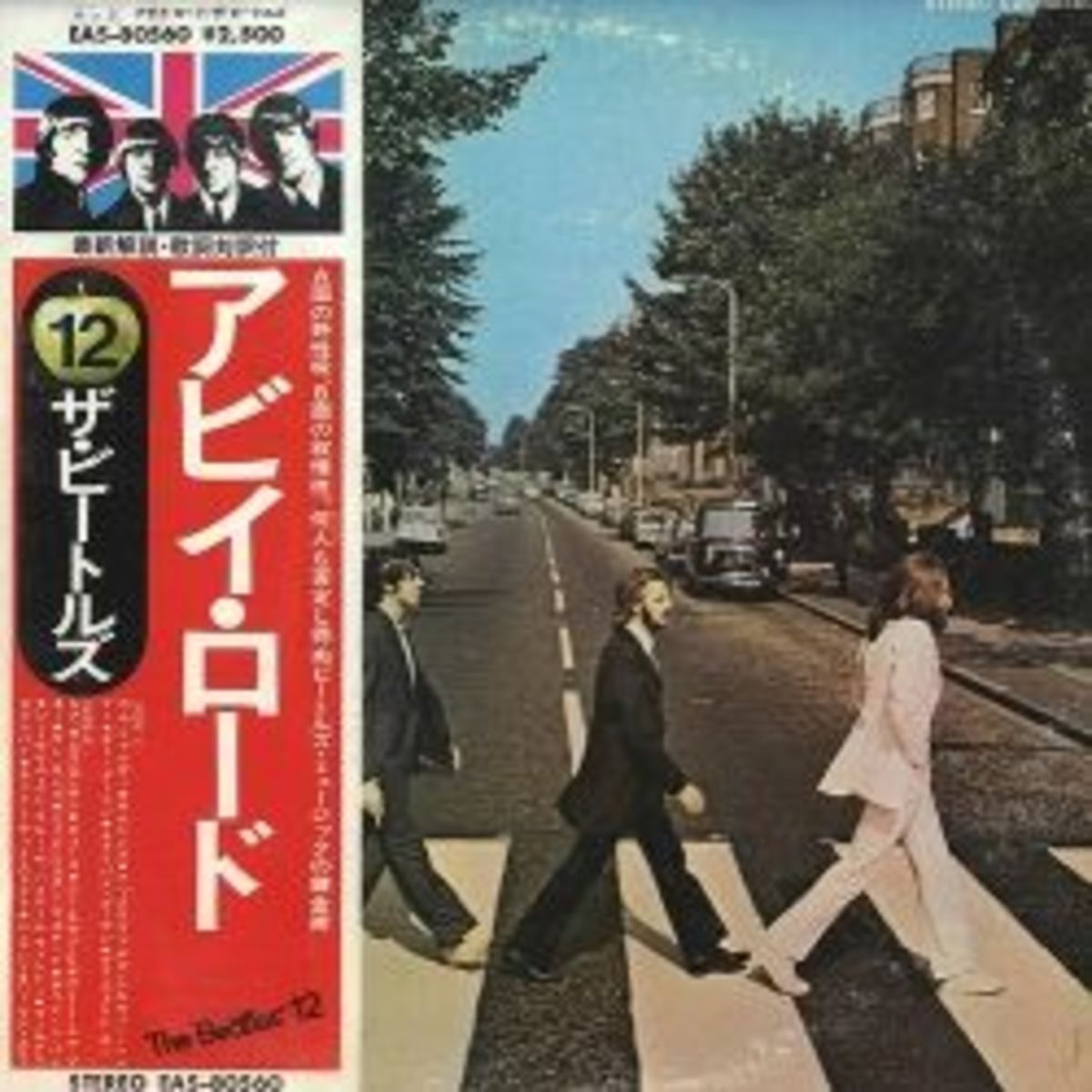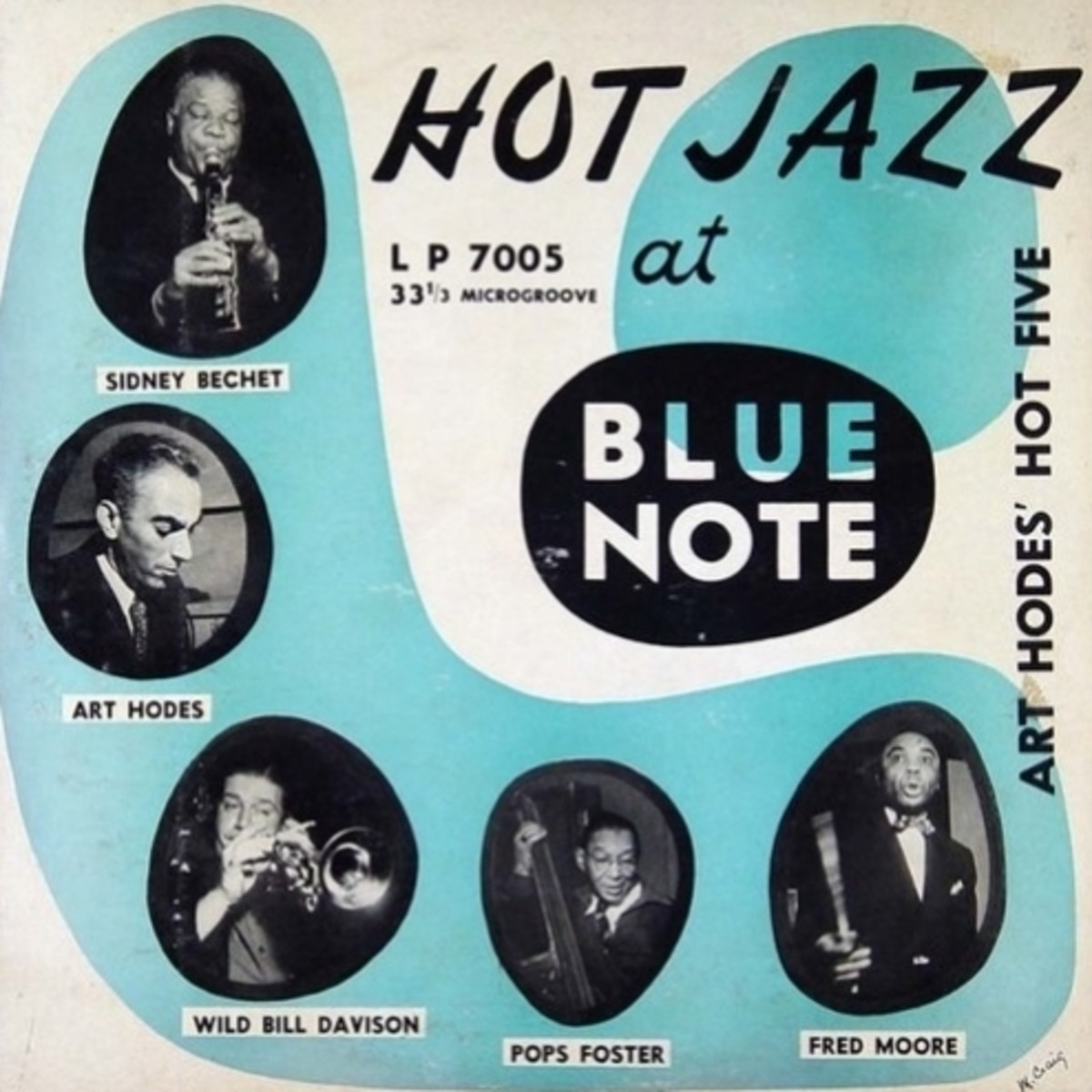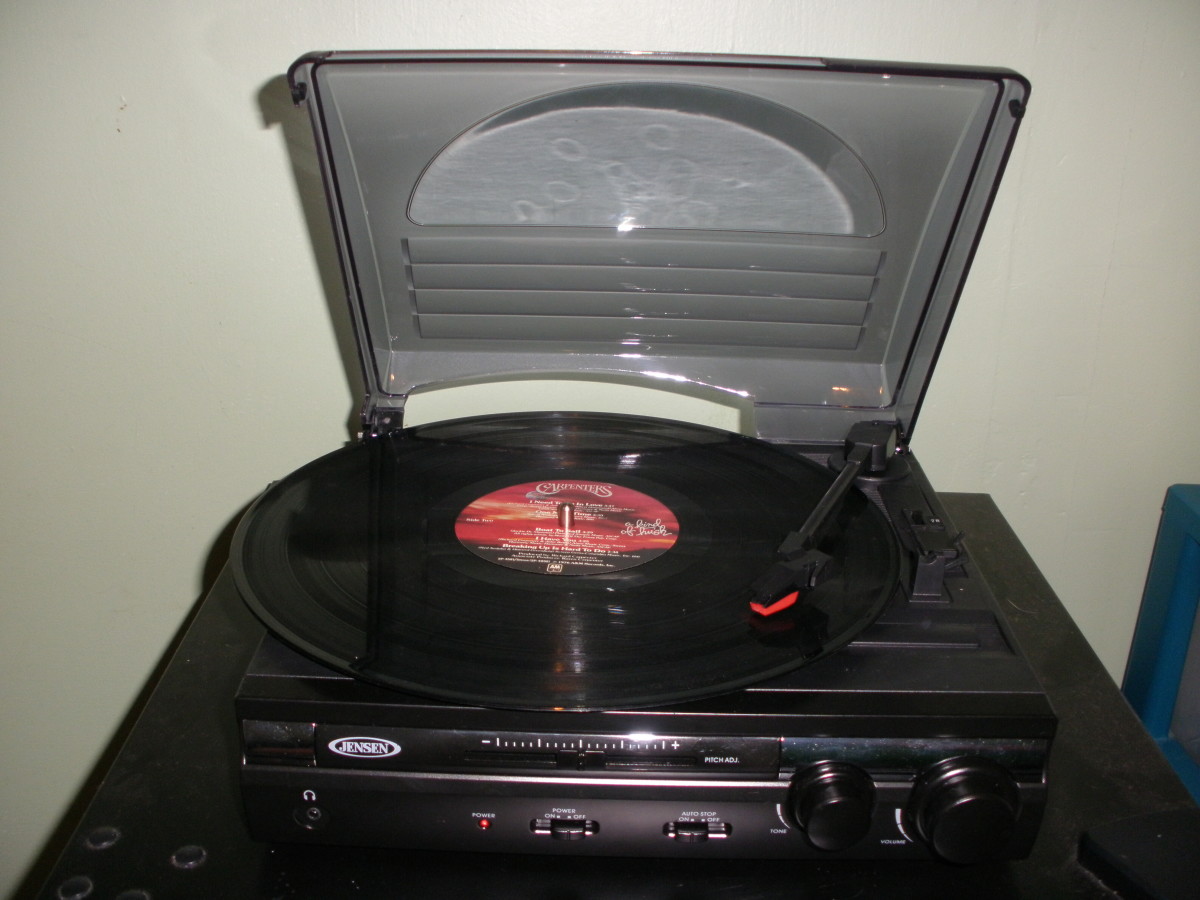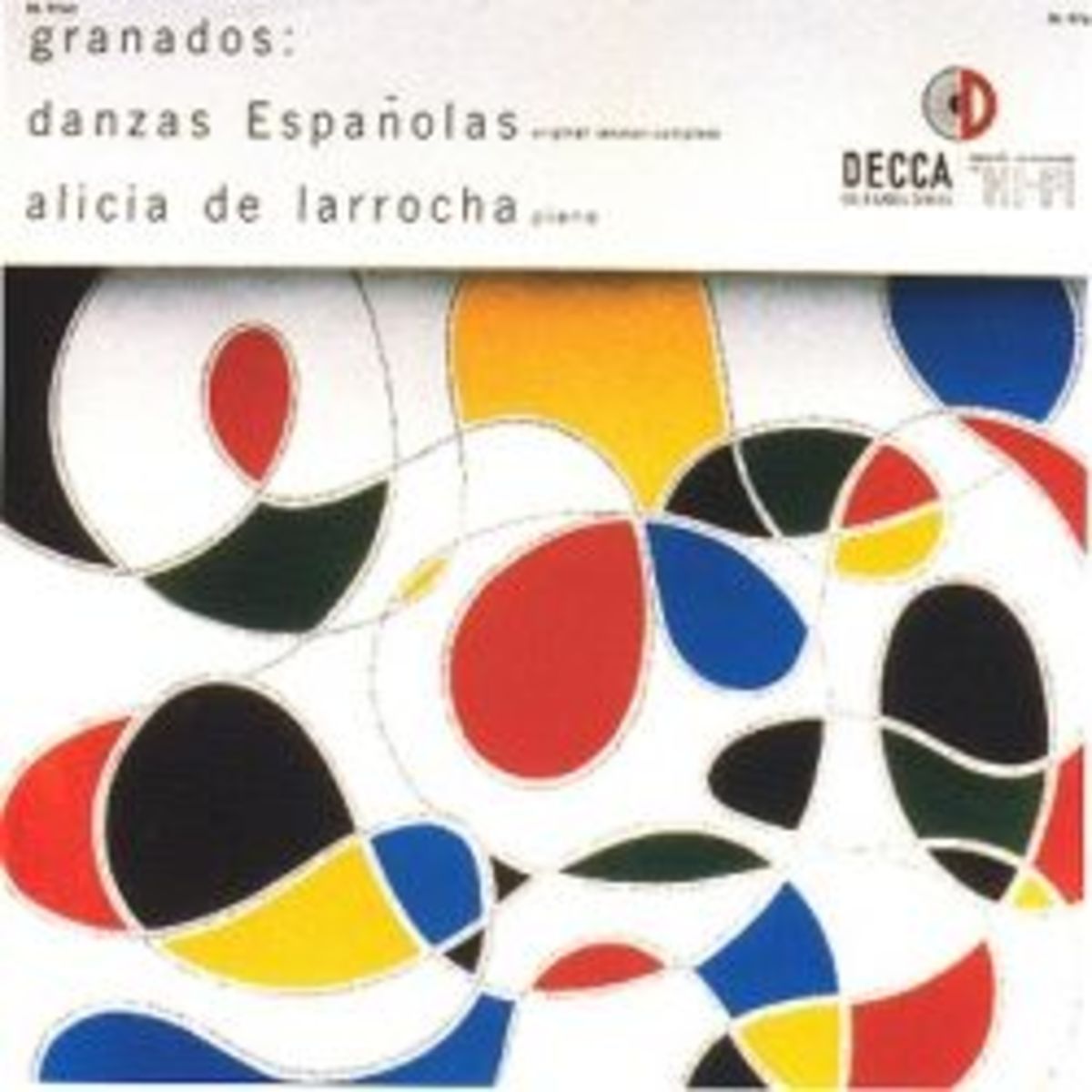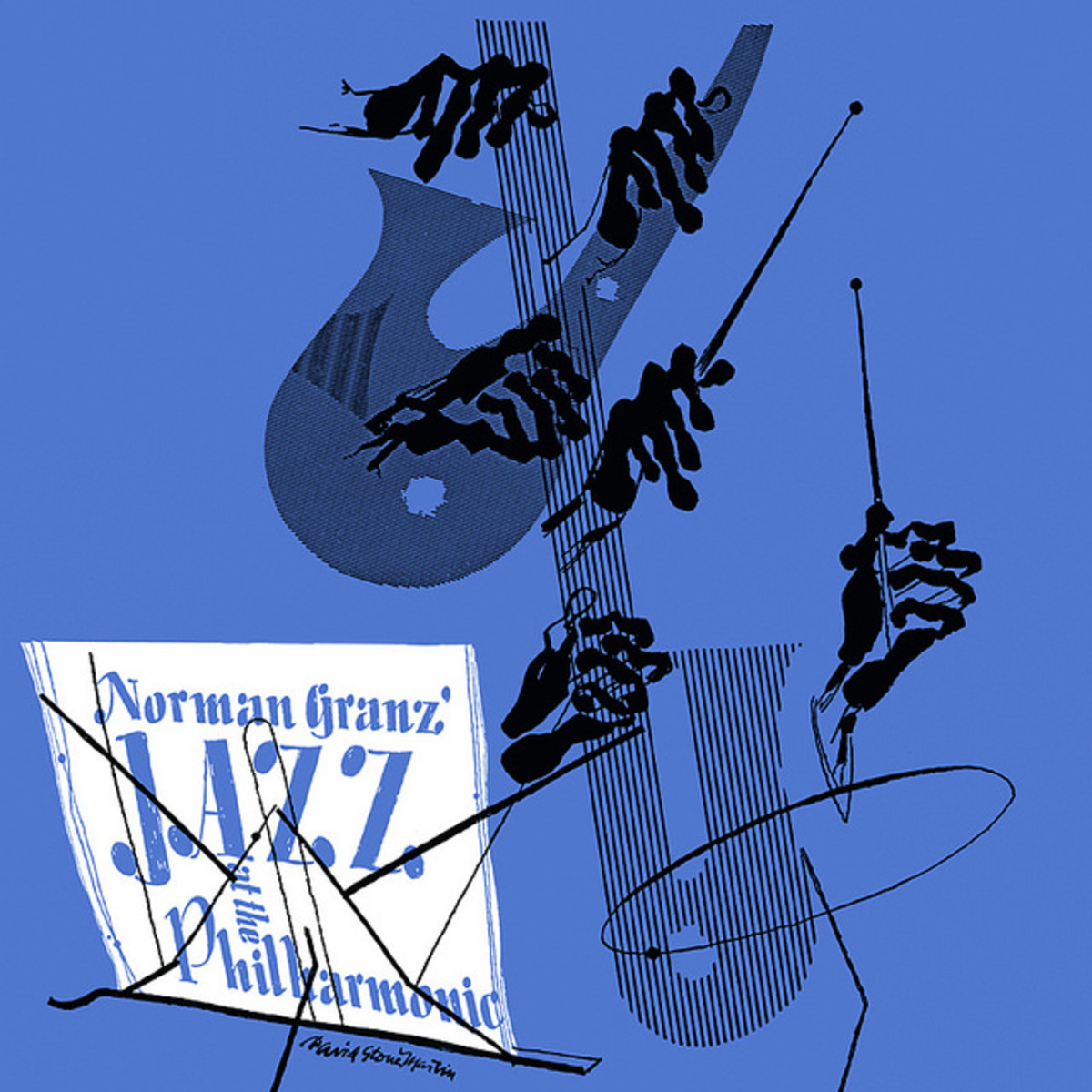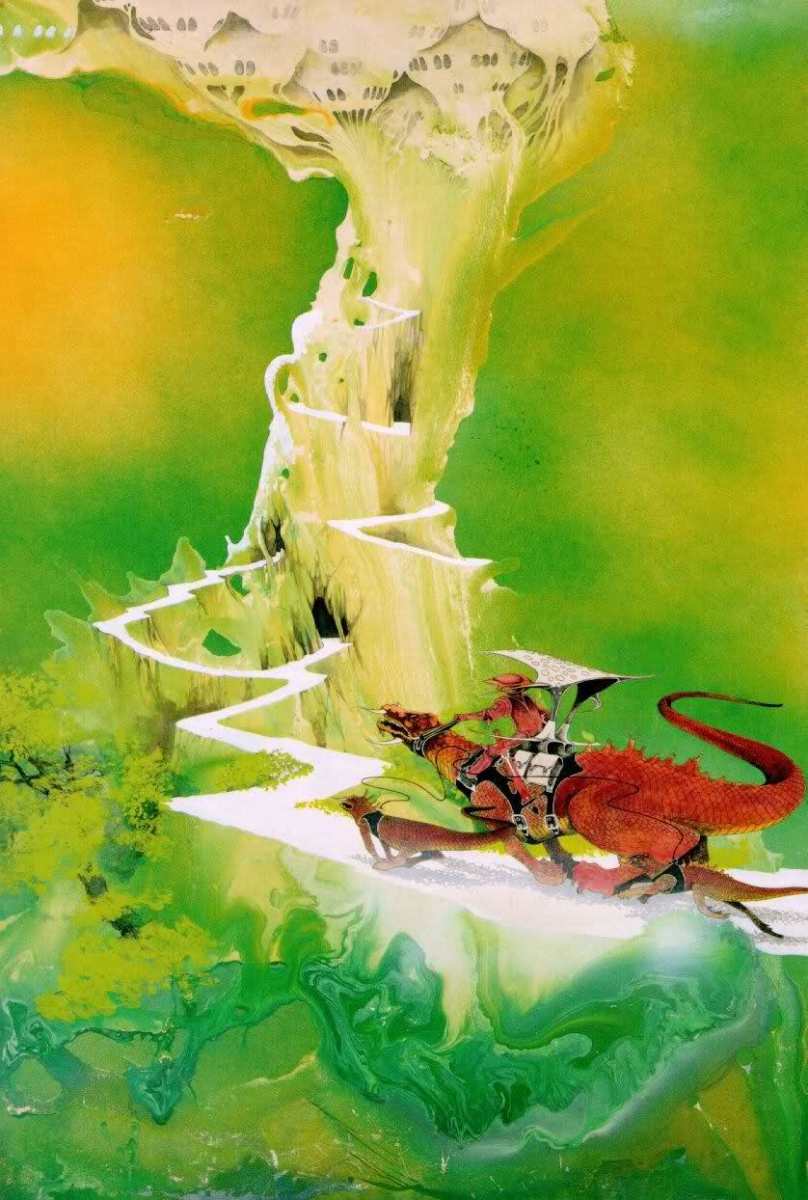How is the Value of Vinyl Records Increasing?

How to Determine the Value of a Record and its Condition
Symbolic-Exchange Value
The advent of music-sharing websites contributed to a new generation of record collectors dedicated to preserving the symbolic-exchange value of rare vinyl records. In “The Fetishism of the Commodity and Its Secret,” Marx explains that term “symbolic-exchange value” refers to “the exchange of objects as a symbol of a social relationship between human subjects” (Marx 1867: 331). The classic illustration of commodities with exchange value would be gifts and ritual objects. This section of the study will investigate the symbolic-exchange value of rare vinyl records within the framework the blogosphere—the totality of blogs on the Internet and for the conversations taking place in these spaces. Furthermore, this study will examine the effects music-sharing websites have had on the symbolic-exchange value of rare records over the past five years.
My findings also suggest that a new generation of young people committed to preserving the symbolic-exchange value of vinyl are the future of the record-collecting subculture. This conclusion was reached by studying the recent increase of blog websites dedicated to sharing and trading digital copies of rare records over the past five years.To comprehend the ways in which music-sharing websites have affected the symbolic-exchange value of rare vinyl records, it is important to understand the basics of blogging.
Today, people use an Internet tool called “blogging” to preserve the symbolic-exchange value of vinyl records.A blog is a type of website that is usually free to make, and is usually maintained by an individual with regular entries of commentary, descriptions of events, or other media such as graphics, music, or film. This research focuses particularly on three examples of contemporary record-collecting blogs: “Music From The Third Floor”, “Never Enough Rhodes”, and “SoulFunkJazz.”
“Music From The Third Floor” was created in 2008 by an Indian-American record-collector who wanted to share his entire collection of 200 rare Bollywood soundtracks. The mission statement on the front page of his blog reads, “The plan: Make MP3s and upload them all here, on a semi-regular basis. And keep going until I’ve done the whole box, or otherwise been asked or told to stop by convincing parties. So enjoy, start dancing, go mad, whatever.” During my analysis of this blog, I documented that the record-collector had shared approximately 156 vinyl records between the years 2008 and 2010 (see Table 3). It is noteworthy to mention that vinyl records are also constantly shared in the comments section of blog posts. For example, after the administrator posted an incomplete record of R.D.Burman (coincidentally, a Bollywood musician that was selected for the exchange value sample previously in this paper) on October 14th 2010, two separate individuals commented with links to Youtube videos that hosted the song. One blogger wrote:
Priceless upload! I have been searching for ai mujhe dil de' (Mr. Romeo) for over a decade, because HMV never released these songs on CDs of these films. Thanks so very much. Here's a You Tube link to one of the songs missing from the Mr. Romeo EP…
“Never Enough Rhodes”, another blog developed in 2008, focuses on the digital preservation of jazz and soul records. The word “Rhodes” in the title of the blog is a clever reference to the Fender Rhodes keyboard, a popular instrument amongst jazz and soul musicians. Even more interesting, is that this particular blog specializes in a wide-variety of jazz music that incorporates the Fender Rhodes keyboard. I documented that this website has shared approximately 178 vinyl records between the years 2008 and 2010 (see Figure 3).Furthermore, the phenomenon of music-sharing through the comments section was even more widespread on this website. For example, the most recent blog posts generated between 60-90 comments, with many users including Youtube links and file-upload links containing different rare records by the same musician.
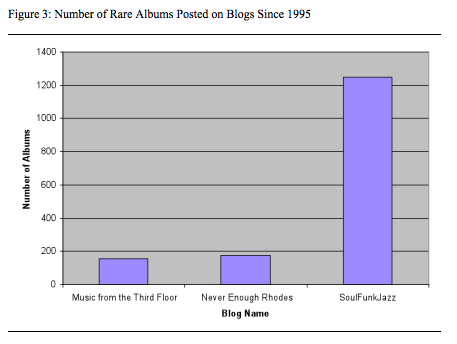
The last blog that was examined in my research was “SoulFunkJazz.” This blog was created by Spanish-American record-collector in 2007. His mission statement, or “Contact Pass” as he refers to it, is stated below. Unfortunately, some of his sentences are written incompletely,which reflects the language barrier between Spanish and English:
The purpose of this site is to spread the music style funk, jazz, soul, post disco and other derivations of r & b that emerged in the years 1970, 1980 and 1990 including the current work of some bands. The interest on a disc can be met by downloading the file, which are protected by security pass, but beyond that to enjoy the album as a whole, these are purchased at specialty shops in each country or Amazon, Ebay or other available in the network. The comments of each disc will not come from our personal assessments or taste, but information available on the web, so it always reflects our appreciation for an artist or album. Be careful with what they get here, because the intention is to combine quality and good works of the bands, not quantity.
This statement by the creator of “SoulFunkJazz” reflects that he is seriously concerned about the digital protection of rare vinyl records. Moreover, in order to download vinyl records from his website, one must therefore e-mail him, asking for website permission.During my analysis of this blog, I documented that the record-collector had shared approximately 1,250 records between the time period of October 2007 and December 2010 (see Table 3). This was, by far,the largest online collection of rare vinyl records I discovered during my research.
These record-collecting blogs have made it much easier for anyone to have a broader and deeper understanding and appreciation of music. These websites attempt to preserve the symbolic-exchange value of vinyl records by creating a social relationship between music lovers, disc jockeys, and record collectors alike. This attempt to preserve the symbolic-exchange value of vinyl records has been beneficial for people of lower classes, who may not have the economic resources to collect the expensive, obscure, physical records. Furthermore, people are digitally sharing more rare records today, as a symbol of a social relationship, then Generation X collectors could have ever imagined possible back in the 1970’s.
It is important to note that although this study argues that these music-sharing websites are making it much easier for anyone to have a broader and deeper understanding of music, it is also one of the most significant causes of the decline in the exchange value of vinyl. For example, consider this scenario: If the blog “FunkSoulJazz” decided to share the Afro recordEthiopian Modern Instrumental Hits by Mulatu Astatke (valued in 1995 to be worth $2,080), and sixty people downloaded the vinyl record in MP3 format, that means that sixty potential future buyers of the record were indefinitely lost. This common type of scenario suggests that record collectors would be forced to drastically lower their prices in order to keep up with an increasingly digital consumer market. Furthermore, these new digital consumers are reluctant to pay the traditional steep prices for what they can buy online in CD format for $20, or download in MP3 format for free. Those who download the MP3 for free are not concerned with the artistic aura of a record and what it used to mean to play a vinyl record. However, some youth in today’s society are attempting to revive the artistic aura of the vinyl record, therefore increasing its sign value.

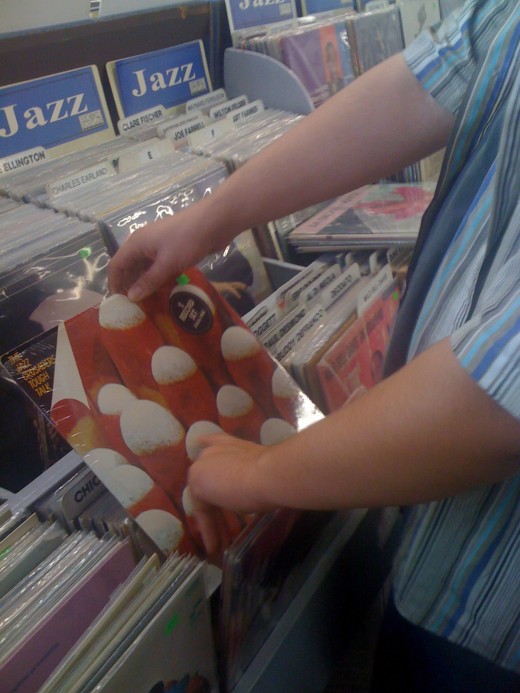
Sign Value
One of the last public declarations of vinyl’s death was in a 1988 issue of Rolling Stone Magazine. By 1993, a surprising amount of articles were beginning to announce the return of vinyl records. People had become so used to hearing about the death of vinyl, that it had completely removed the original aura of being a mass-produced object from their minds. Records are no longer what everyone uses to listen to music, and in that way, there became something special about having it around (Yochim; Biddinger 2008). Having the original format of an album increases the object’s sign value. For example, having one of the original vinyl copies of Dizzy Gillespie’s Night in Tunisia is far more prestigious than having it on CD or MP3 because its original format was vinyl. The authenticity of the vinyl record is tied to its artistic aura.
When discussing their love of vinyl, contemporary record enthusiasts frequently find themselves searching for a way to describe their attachment to the format. Frank Gossner, a renowned Brooklyn record collector, claimed “the best music ever recorded was all released on vinyl. Why would I want to listen to it on any other format? If you’re into art, would you want the original painting or a digital print?” (Paz 2010:5) For Gossner, the artistic aura of the object is just one of many ways that he describes his attachment to vinyl records. When asked about the rise of CD’s, Gossner states that:
The CD was always a shitty format. The CD to me was a substitute for the music cassette but no replacement for the record. I remember those technology embracing fools who in the mid to late 80’s sold off their record collection for cheap and “switched” to CDs. It’s funny how most people are willing to sacrifice quality and content for what they see as technological progress. Today they have to realize that they’re sitting on a pile of worthless plastic. (Paz 2010:6)
This discontented perspective on CD technology is shared by many within the modern record-collecting subculture, that the CD was a cheap substitute, and did not possess the same remarkable functional qualities of vinyl. Perhaps most notably, though, in a discussion of the future of the music industry in the wake of MP3s, technology journalist Julian Dibbell argued:
From the wax cylinder to the vinyl disc to the golden $15.99 CD, some solid round object or another has always stood at the heart of the industry’s business model. No wonder the business is scared. It’s going to have to re-invent itself from the ground up, and that process is going to be a painful one. And isn’t it worth asking whether this transition will be painful for the rest of us, too? Our feelings about music have revolved around those solid round objects as much as the industry’s spreadsheets and marketing plans have. The heft of them in our hands, the look of them lined up on our shelves or scattered on our floors – in our hearts, these things are often wedded to the songs as much as melody and lyrics. Will we miss all this when records are gone? Will we have it in us to let them go? (Dibbell 1998: 206)
Dibbell’s statement builds upon the notion that there is something special about vinyl records – some abstract, intangible, quality. In their struggle to define and explain their connection to vinyl, record collectors invariably make reference to humanity. Social scientists Emily Yochim and Megan Biddigner found in their research on vinyl that “the aesthetic, tactile and sonic qualities that they [people] value in records provide record collectors with a means of enacting qualities of humanity constrained by capitalism, with its excess focus on production, progress and perfection”(2008: 15). Vinyl collectors talk about the actual qualities of records: the surface noise, their mass, the artwork on the covers. These qualities were always present in vinyl records, but until vinyl’s dominance was challenged by tapes and CDs, records were not perceived as having a meaningful connection to people’s humanity. However, because of the shift from vinyl to CD and MP3, vinyl records have increased in prestige and authenticity. Their sign value has increased as a result of their rarity and less functional usage. In conclusion, although vinyl records are rarer in today’s society, the record-collecting subculture and promotion in the blogosphere has increased both their symbolic-exchange value as well as their sign value.
The Decrease in Value of Records
- The Change in Value of Vinyl Records: Decrease
How has the value of a vinyl record decreased over the years and in what ways? This article will answer that question and more.

Do you collect vinyl records?
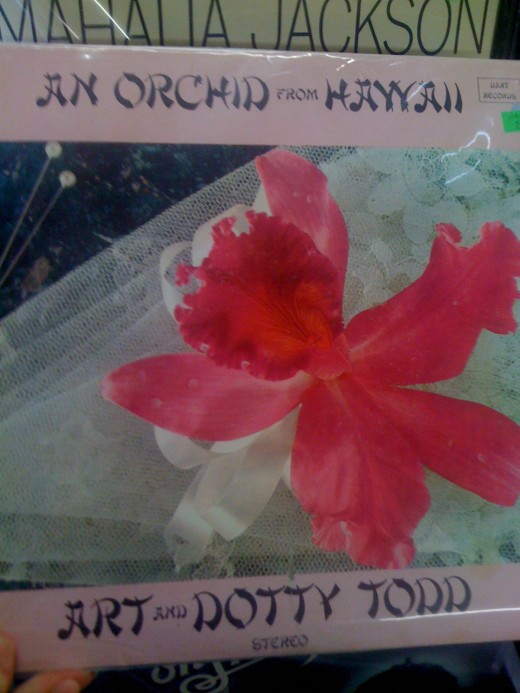
Conclusion and Summary
This study explored the roles that CD reissuing and music-sharing websites have played in the latest developments of the record collecting subculture. The central findings of my research suggest that my initial hypothesis was correct: the rise of CD reissuing and music-sharing websites has severely weakened the exchange value of vinyl records. Through my research, it was discovered that the invention of new technologies caused a decrease in the functional value of vinyl records as well as their cult value. However, after careful analysis, it was discovered that although there was an obvious decline in the value of vinyl mentioned above, certain technological advancements have allowed vinyl records to increase in exhibition value, symbolic value and sign value. The increase in exhibition value took away from the cult value of vinyl records, but allowed for the increase in symbolic value through the creation of a record-collecting subculture. The sign value also increased as a result of the rarity of the vinyl record in today’s society, thus heightening its artistic aura.
Although the artistic aura has increased, the exchange value of records has decreased significantly, causing the business aspect of record collecting to collapse in recent years. With the availability of internet blogs and file-hosting services, it is nearly impossible to make a steady, decent living from selling vinyl records. This affects tens of thousands of record collectors, who can no longer sell their vinyl for standard prices at auctions, fairs, and record stores (if there even any record stores left in their town).
However, the damage goes beyond the fact that record collecting is now a dying business. Vinyl records are a cultural artifact of our society, just like fine wine, expensive paintings, or gaudy cars. These objects matter to people in so many different ways, some more obvious than others. If these objects disappear, so does a piece of music history and culture.
That being said, these findings also suggest that a new generation of young people,committed to preserving the symbolic exchange value of vinyl, are the future of the record-collecting subculture. More vinyl records are available on Internet blogs than ever, and it is changing the ways in which people collect music. However, this online music-sharing community of record collectors is, in part, a major cause of the decline of the exchange value of rare records. It will be interesting to examine how the digital world and the analog world struggle to work together over the next five to ten years.
While the data on the exchange value of vinyl records presented in this study is very much accurate and comprehensive, it would be more representative if the sample size were expanded to include fifty records per music genre, instead of just five records per music genre. Furthermore, I believe further research on this topic might consider expanding the size of the rare record sample to include other music genres like Blues, Classical, Easy Listening,Hip-Hop, Reggae, and Techno. To increase the study’s overall validity when discussing sign and symbolic value, a researcher could interview individuals from the record-collecting subculture to understand the public’s view on the death of vinyl records.

